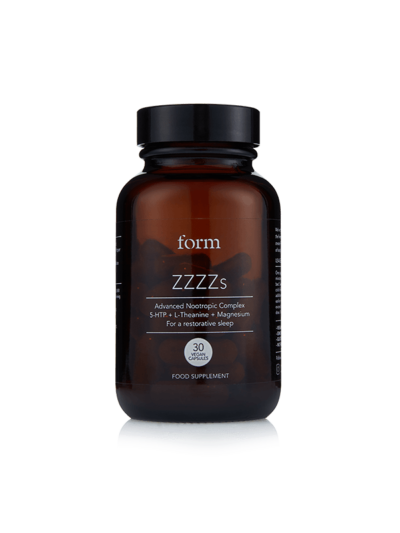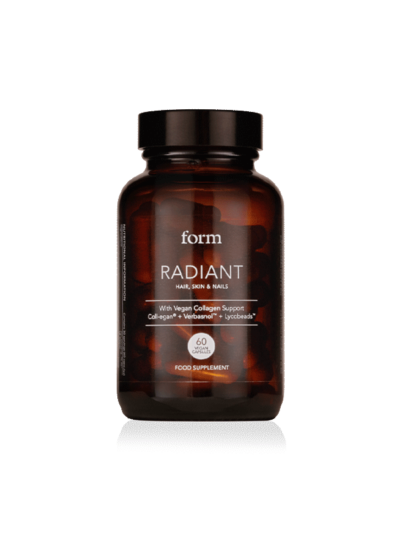Full-Body Workouts vs Split Routines: What’s Better for Building Muscle?

Full-body workouts versus split routines is a long-standing debate in strength training circles. Each method has loyal fans, and the truth is, both can be effective. In this article, we compare a full-body vs split workout for muscle growth to help you decide what’s best for your goals. The key lies in understanding how they differ and which suits your body, goals, and schedule best.
Let’s break down the pros and cons of each, explore what science says about their muscle-building potential, and help you decide which approach might be best for you, whether you’re just starting out or an experienced lifter.
What Is a Full-Body Workout?
A full-body workout targets all major muscle groups in a single session. That typically means combining exercises for the upper body, lower body, and core, such as squats, bench presses or push-ups, and rows or pull-ups.
These sessions often rely on compound exercises, like deadlifts or overhead presses, that recruit multiple joints and muscles at once. This delivers efficient, balanced training in a limited time. Full-body routines are commonly done 2 to 4 times per week, with rest days in between for recovery.
Because they train the whole body in one go, full-body workouts are particularly great for:
- People who can only train a few days per week.
- Beginners learning proper form.
- Anyone aiming for general strength, muscle, and cardiovascular benefits in one session.
Pros and Cons
Pros:
- Higher frequency: Muscles get trained multiple times a week, potentially enhancing growth.
- Time efficiency: Fewer weekly sessions are needed to train your whole body.
- Great for beginners: Frequent practice helps with learning movements and technique.
- Improved functional strength: Big lifts develop total-body coordination and strength.
Cons:
- Longer sessions: Training the whole body in one go can be intense and time-consuming.
- Less volume per muscle per session: It may be harder to isolate and thoroughly fatigue individual muscles.
- Fatigue management: Later exercises in the session may suffer if energy wanes.
- Risk of imbalances: If not well-programmed, some muscles may be neglected toward the end of sessions.

What Is a Split Routine?
A split routine breaks up your training by focusing on specific muscle groups or movement patterns each day.
For example:
- One common type of body-part split trains chest on one day, back on another, legs on a separate day, and continues with a different muscle group each session.
- Other options include upper/lower splits or push/pull/legs, depending on your training volume and frequency.
This allows you to dedicate more time and sets to a particular area. Split routines are popular among bodybuilders or more advanced lifters who want to:
- Increase volume per muscle group
- Train 4 to 6 days a week
- Target specific muscle imbalances or physique goals
Pros and Cons
Pros:
- Higher volume per muscle: More exercises and sets for one area per session.
- Greater focus: Easier to establish a strong mind–muscle connection.
- More rest for muscles: Ample recovery between sessions for each body part.
- Customisation: Easier to tailor your training toward specific physique or strength goals.
Cons:
- Lower frequency: Muscles may only be trained once per week, which can limit growth if volume isn’t high enough.
- More gym days required: Typically needs 4 to 6 sessions per week to train all muscle groups sufficiently.
- Soreness and overlap risk: Intense sessions can cause DOMS or unintended recovery interference.
- Not ideal for beginners: Less frequent practice can slow progress and skill development in early stages.
So, What’s Better for Building Muscle?
Surprisingly, research shows there’s no significant difference in muscle growth between full-body workouts and split routines, as long as training volume and intensity are matched across the week.
A 2024 systematic review found that when lifters did the same number of weekly sets for each muscle group, both approaches produced similar gains in strength and hypertrophy.
However, how you distribute that volume matters in real-world training. Studies suggest that higher training frequency, as seen in many full-body routines, may improve muscle thickness in certain areas. This is likely due to more frequent stimulation and better quality of training per session.

How to Choose Based on Your Training Experience
Beginners: Start with Full-Body Workouts
Full-body training is usually the best starting point for beginners. Here’s why:
- It allows you to practice foundational movements more often.
- You don’t need a lot of volume to stimulate growth early on.
- It reduces the risk of overtraining one area or neglecting another.
- Recovery is easier, and progress tends to be faster.
For example, training three days per week with full-body sessions (each including squats, pressing, and pulling exercises) provides a balanced and effective approach.
Advanced Lifters: Consider Split Training
As you gain experience, your body may require more training volume to keep progressing. Split routines offer:
- More total sets per muscle group
- Focused recovery
- The flexibility to specialise in certain areas
For example, an advanced trainee might follow a push/pull/legs routine over six days or an upper/lower split four days a week. These structures allow for increased volume, targeted development, and adequate rest between sessions for the same muscle groups.
Even so, many advanced programs still train each muscle group twice weekly by repeating splits or rotating focus. Frequency remains important, even when following a split routine.
Bottom Line: It Doesn’t Have to Be Either/Or
Both full-body and split routines can build serious muscle. What matters more is:
- Consistency
- Progressive overload
- Recovery and sleep
- A supportive diet
Nutrition plays a key role in supporting muscle growth and recovery, especially when you’re training consistently. Ensuring you get enough high-quality protein can help with muscle repair, reduce soreness, and support overall performance. If you’re unsure how much you need, this guide on optimising your protein intake is a good place to start.
At the end of the day, the best workout is the one you can stick to. Full-body routines offer efficiency and balance. Split routines provide greater focus and flexibility. You can move between the two as your schedule, experience level, or goals change.
What matters most is showing up with intention. Train smart, fuel your body, and give yourself time to recover and adapt. Stay consistent, trust the process, and your results will reflect your effort.


















